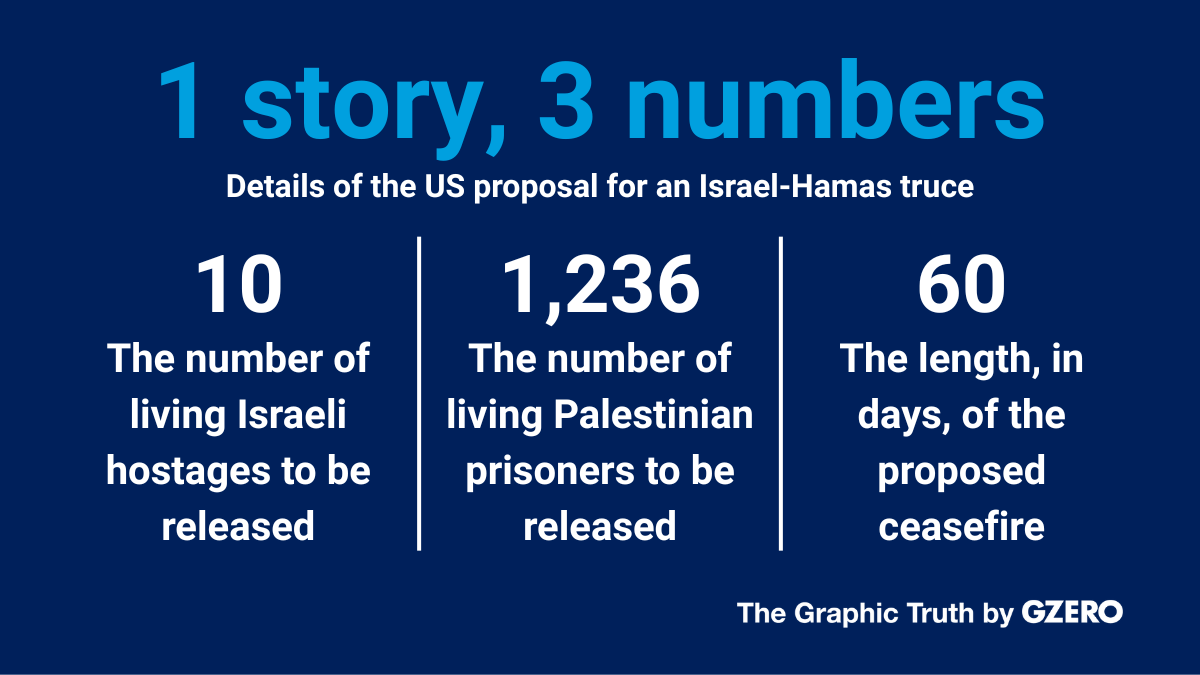June 02, 2025
It’s been two weeks since Israel launched its latest offensive in Gaza, one that is set to expand further. Attacks on the enclave in this period have regularlykilled dozens, per Hamas-run health ministries, with reports over the weekend of deaths at an aid site. Some of Israel’salliesare even turning on Prime Minister Benjamin Netanyahu.
The offensive does appear to have weakened Hamas – the Israeli military said it killedMuhammad Sinwar, the militant group’s Gaza leader, during airstrikes in May. US special envoy Steve Witkoff wants to seize on this opening, and has sent a ceasefire offer to Hamas – one that includes an exchange of hostages for prisoners. This Graphic Truth lays out the key terms of the deal. Hamas has countered: it said it’s willing to release the hostages, but wants a permanent ceasefire.
More For You
America’s new National Security Strategy confirms what Europeans have feared for months: Washington now sees a strong, unified European Union as a problem to be solved, not an ally to be supported.
Most Popular
Sponsored posts
The power of sports
What's Good Wednesdays
What’s Good Wednesdays™, December 10, 2025
Walmart sponsored posts
Walmart's $350 billion commitment to American jobs
In this episode of Tools and Weapons, Microsoft Vice Chair and President Brad Smith sits down with Ed Policy, President and CEO of the Green Bay Packers, to discuss how purpose-driven leadership and innovation are shaping the future of one of the world’s most iconic sports franchises. Ed shares how technology and community-focused initiatives, from Titletown Tech to health and safety innovations on the field, are transforming not just the game of football, but the economy and culture of Green Bay itself. He explains how combining strategic vision with investment in local startups is keeping talent in the Midwest and creating opportunities that extend far beyond Lambeau Field.
Subscribe and find new episodes monthly, wherever you listen to podcasts.
Members of security forces stand guard outside a polliong station, a week late in a special election, after the local governing party kept voting closed on election day, amid accusations of sabotage and fraud, in a presidential race still too close to call as counting continues, in San Antonio de Flores, Honduras, December 7, 2025.
REUTERS/Leonel Estrada
More than a week after Hondurans cast their ballots in a presidential election, the country is still stuck in a potentially-dangerous post-election fog.
© 2025 GZERO Media. All Rights Reserved | A Eurasia Group media company.
